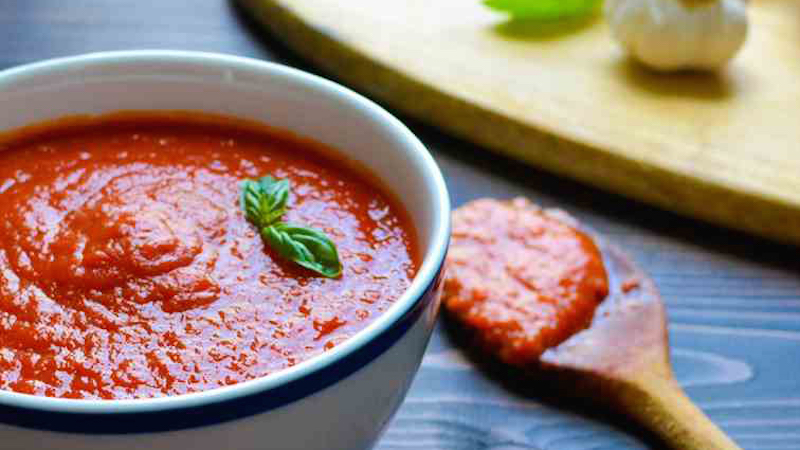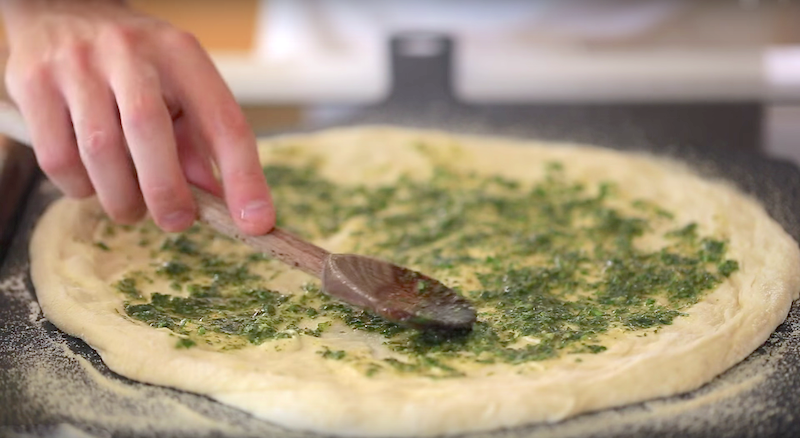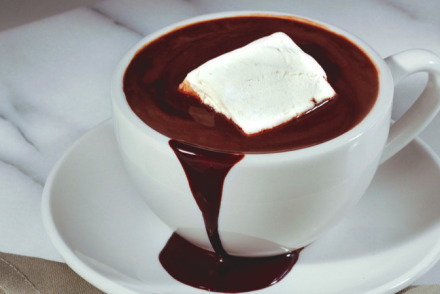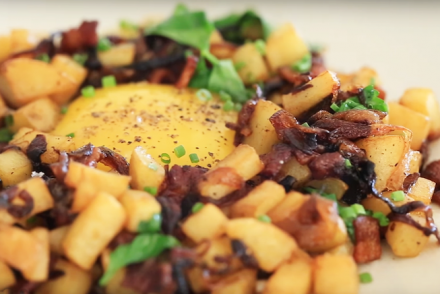Would you believe me if I said the creation and craze over pasta sauces are the direct result of Pizza being invented? Flash back to my Pizza Toppings 101 post and you’ll remember how a queen’s visits to Naples inspired the first coveted pizza recipe:
The story goes that it was created by one restaurateur in Naples to celebrate the visit of Queen Margarite, the first Italian monarch since Napoleon conquered Italy. The restaurateur made the pizza from three ingredients that represented the colors of the new Italian flag: red, white, and green. The red is the tomato sauce, the white was the mozzarella cheese, and the green was the basil topping. Hence, Pizza Margarite was born, and is still the standard for pizza.
It’s said that from that point on tomatoes became a common ingredient in kitchens worldwide. If true, that would mean a whimsical homage to the Italian colors led to the creation of pasta (really pizza) sauce; sparking a future multi-million dollar industry, making the once irrelevant tomato a prized crop, and causing a domino effect of countless variations of sauces to be invented. A plethora really, and today I’m going to break down the most common variations that you’ll find on most grocery shelves—and we have pizza to thank.
Let’s start with the most common tomato based sauces. A Pomodoro sauce is a purely tomato based sauce. The first tomato sauce to come into existence really. It was only a matter of time before spices were added to the mix and the invention of Marinara came into play. It’s a basic tomato sauce seasoned with onions, garlic and oregano. Simple, classic, and a crowd pleaser! Also, the most common sauce used on pizzas today. If you add onions, black olives, anchovies and capers, simmer it all in olive oil, you have a classic Puttanesca sauce.
Shortly there after, meat become an addition to many tomato sauces. A natural integration to the sauce world, ground beef, pork, and/or pancetta, in addition to tomato sauce, make for a Bolognese.
Some Sauces are not tomato based. Take one of my favorites, Pesto. Still an Italian invention, pesto is often used to top pizzas and pastas alike, but contains no trace of tomatoes. It’s actually a combination of crushed basil, pine nuts, garlic, parmesan, and olive oil. Another tomato free option is Alfredo. A rich and creamy sauce made with heavy cream, butter, freshly grated Parmesan cheese and freshly ground black pepper. Typically found on fettuccine, but recently a trendy pizza sauce option as well.
Some sauces even have an alcohol and cream base. Vodka sauce is made of a tomato base, mixed with Vodka, and heavy cream. Perfect for penne pasta, but I have yet to try this on a pizza…to do or not to do? Another option would be a Marsala sauce. This is a wine-based pasta sauce made with Marsala wine, heavy cream, and parmesan cheese. As the sauces simmer the alcohol cooks off and the result is a rich and creamy sauce.
Of all these sauces, which do you typically make at home? MORE importantly, what’s your “secret” ingredient?
Can’t wait for the feedback!







Never seen so Simplicity in the Explanation
Of food . I always Believe that less is more .
Thank You and God bless you .